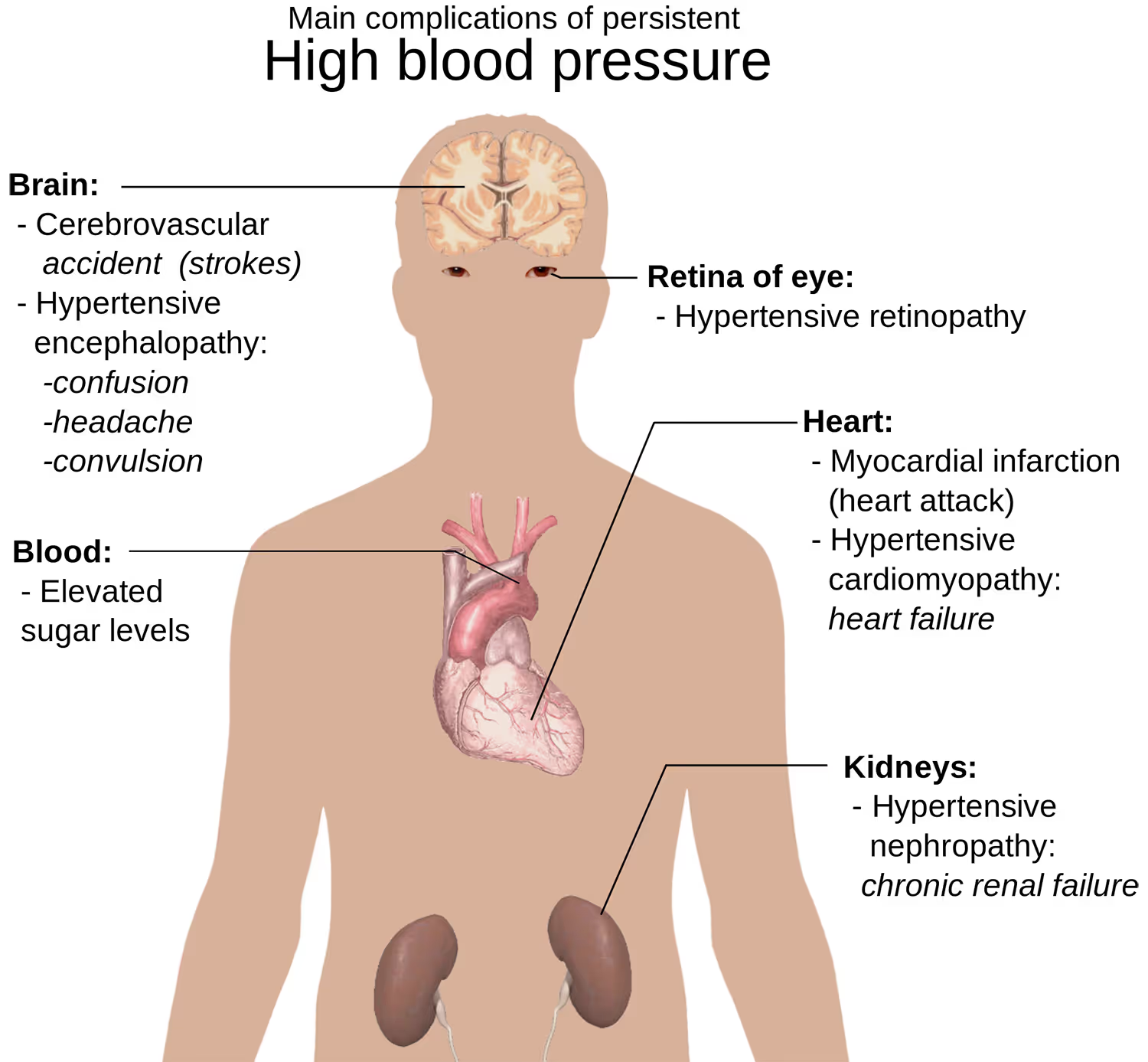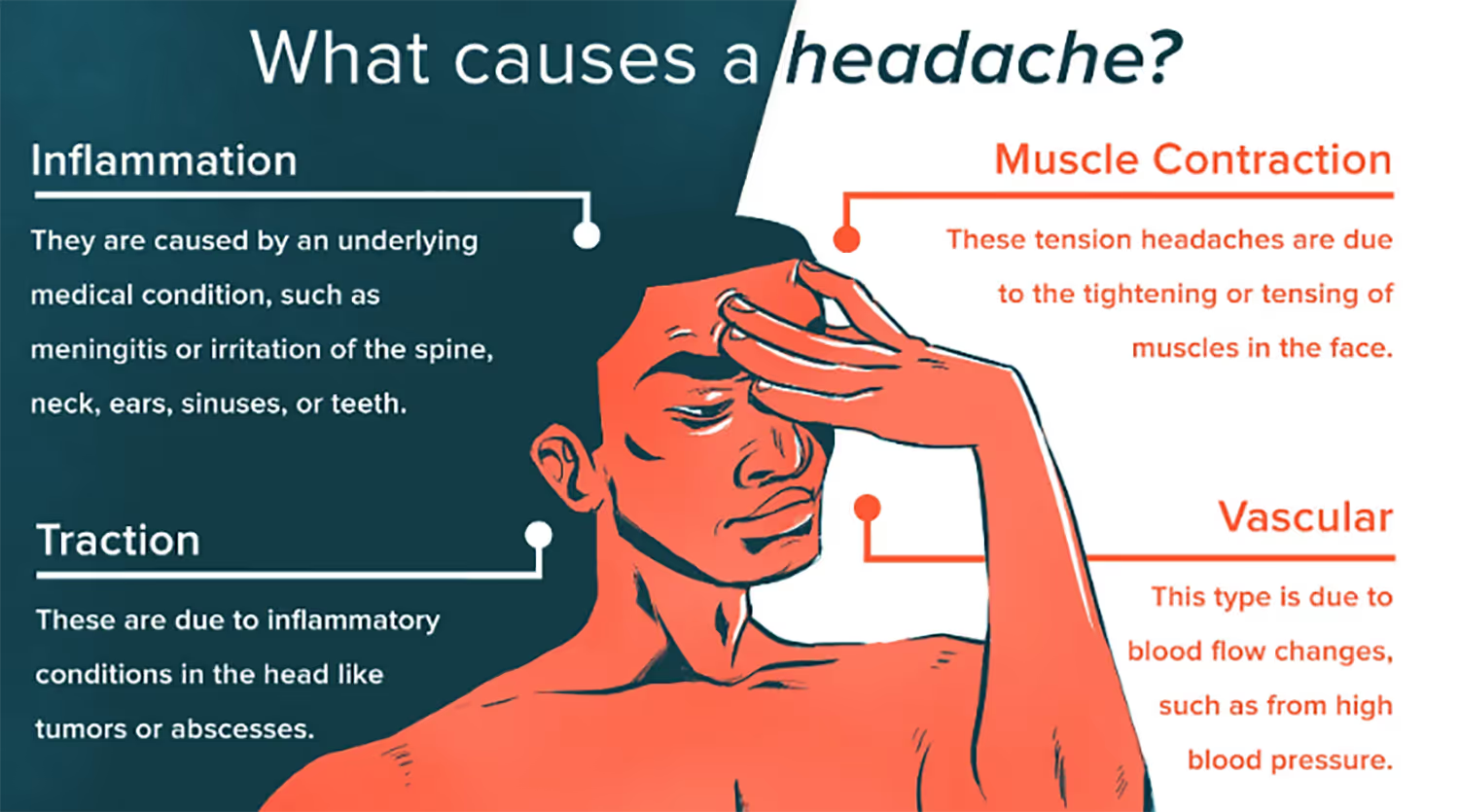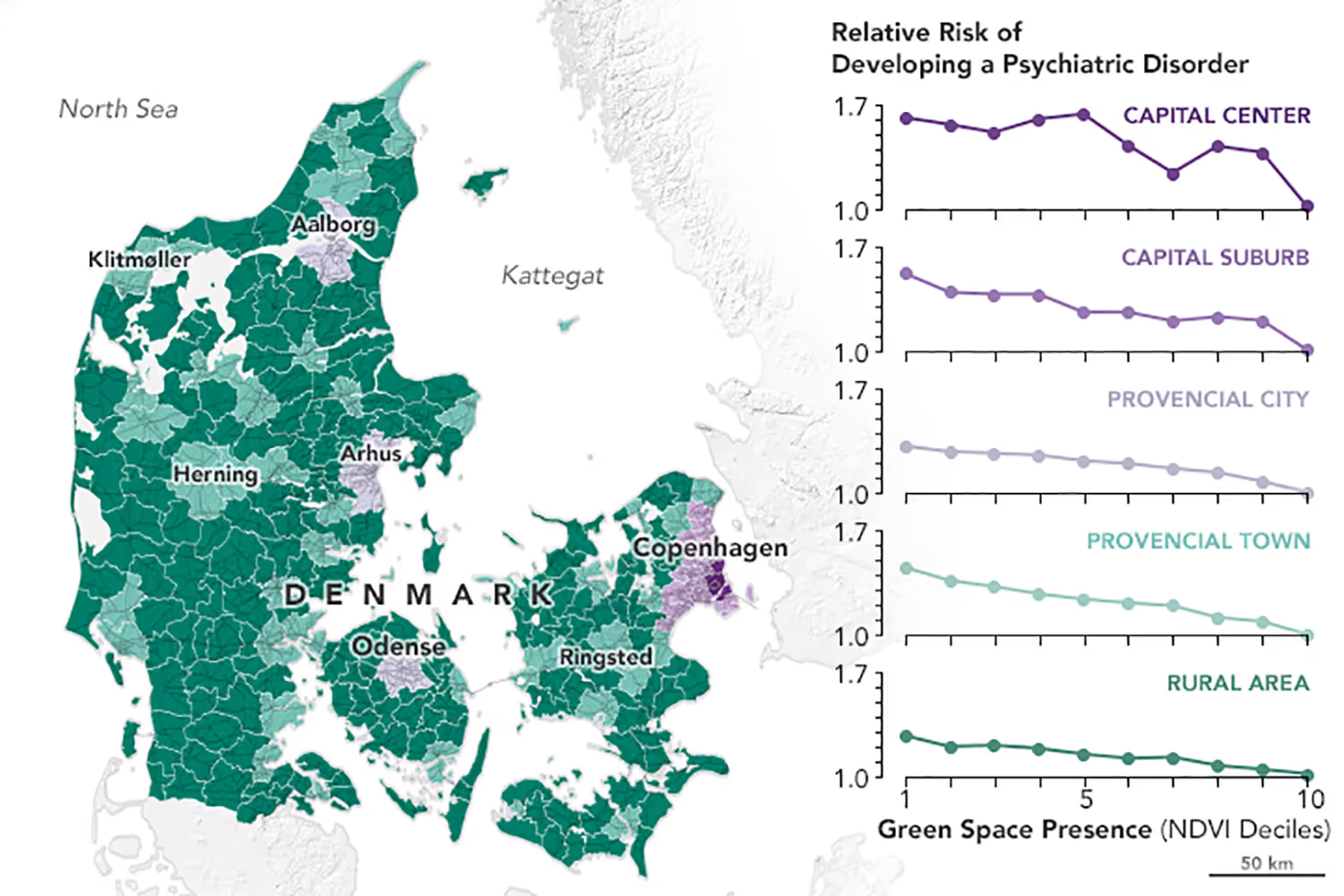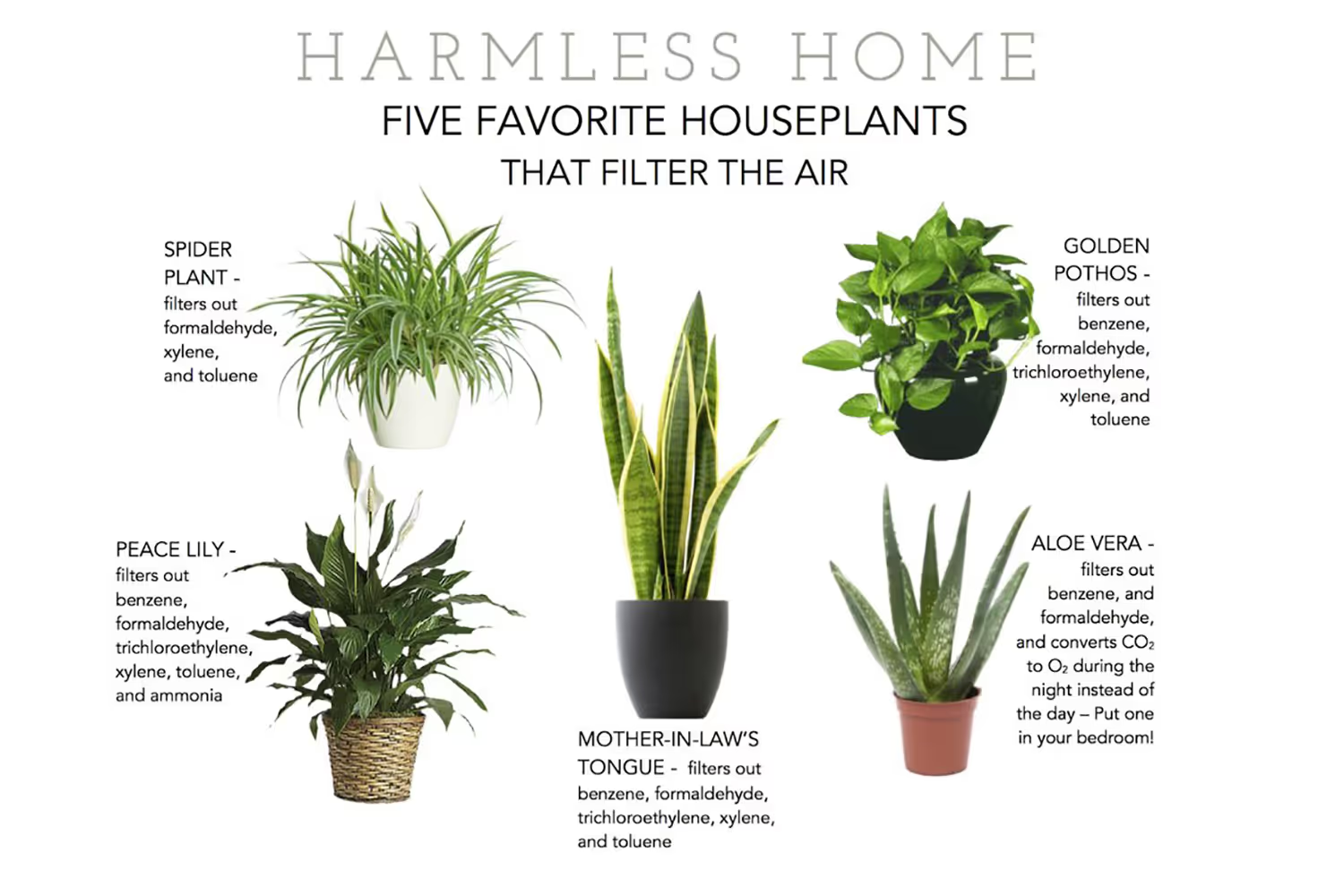ALOE-LUJAH! The Recorded Benefits of Biophilic Design
Since it’s difficult to get outside with busy schedules and an urban environment, industries are bringing the outdoors inside through decorations. Introducing biophilic design is so important because modern-day people too often miss out on nature.

One in six American adults says that they never spend their free time in nature, even though most of them want to.
As humans, we have an innate attraction to the natural world, the term biophilia exists to explain this connection. Yet sadly, it’s becoming less common that we get to have these experiences.
Society is constantly becoming more urban and fast-paced. With busy schedules, it’s difficult to make time for this leisure. Around one-third of American adults say that they aren’t able to get outside because of their work-related obligations.

Adults express concern about the disconnect from the natural world in American society. Over 60% of adults say that they spend five hours or less outside each week. Only one-quarter have outdoors-oriented hobbies and interests.
Because of this concern, biophilic design is now increasing. Since it’s difficult to get outside with busy schedules and an urban environment, industries are bringing the outdoors inside through decorations.
Introducing this design is so important because modern-day people too often miss out on nature. When they don’t get to experience it, they’re also missing its positive health effects. Yet, different elements can contribute to these positive experiences.
While it isn’t the same as the real deal, it’s a good place to start so that people can start experiencing the health benefits of biophilic design.
Reduces Production of Stress Hormones
One of the benefits of biophilic design is that it helps reduce stress. This influences many of the other benefits as well since continuous stress causes so many complications.
People enjoy being outside as a way to relax, especially because being in confined spaces makes us anxious. In nature, we feel like we’re decompressing and it’s a chance for us to escape our responsibilities. The reason we feel this is because it slows the production of stress hormones, such as cortisol and adrenaline.

Although these hormones are good for short periods to induce energy and help our bodies cope, they have negative long-term effects. Stress causes an increased heart rate and blood pressure which can eventually lead to heart disease.
Not only does lower stress levels improve our daily health, but it also helps when we’re trying to recover from illness or injury. Since anxiety can prolong illness, we heal better and faster with lower levels.
Because it’s uncommon for people to get outside and relax in nature, biophilic design helps achieve it instead. Natural elements in urban areas give people more of a connection to the world that they wouldn’t otherwise have.
Lowers Blood Pressure and Heart Rate
I just mentioned how stress can increase blood pressure and heart rate. These cause cardiovascular diseases such as heart disease, heart attack, and stroke.

Since nature relaxes us, adding certain elements to architectural design lowers the risk for these problems. For example, different colors impact health levels.
Natural colors like blue and green act as relaxants. Cool tones reduce blood pressure, heart rate, and muscle tension. But too much red can increase blood pressure and respiration while also disrupting sleep.
Because of these effects, incorporating biophilic elements calm the body enough to improve our vitals. This reduces the risk for negative long-term cardiovascular impacts.
Soothes Pain and Relaxes Muscles
Nature helps cope with pain and distracts us from our discomforts. Since we relax with exposure to trees, plants, and similar elements, our bodies release this suffering and tension.
Studies show how implementing a biophilic design in hospital rooms soothes pain. One specific study used patients who had gallbladder surgery. Following their surgery, half had a view of trees and the other half had a view of a wall.
The physician who led the study said that those with views of trees tolerated the pain better compared to those with a view of a wall. The nurses said they appeared to have fewer negative effects and also spent less time in the hospital.
This makes sense since, as I explained before, biophilic elements can lead to quicker recovery. Patients won’t feel as much tension and stress when they cope better with their pain.
It’s also useful outside of hospitals. Yes, it helps patients recover, but people don’t only feel pain at health facilities.
Headaches are a minor pain compared to something like gallbladder surgery, but they impact people’s daily lives. Muscle contractions in the head and neck cause tension headaches, which often result from stress.

This is common for many people. Over half of Americans get headaches that lead to missed work or school. And signs point to their immediate environment as a key factor for this.
Since these environments can contribute to pain, why not change it? Adding nature into these spaces reduces discomfort within areas that we experience regularly.
Decreases Risk for Mental Health Disorder
Exposure to green space from a young age decreases the risk for future mental health disorders. These illnesses are some of the most common health conditions in the US with more than half of people having one at some point in their life. And one in five children experiences a debilitating mental disorder at some point.
But children who grow up with greener surroundings have a 55% lower risk of developing a disorder later in life. When there is more green space in an area, the chance of a psychiatric disorder drops.

Research has found that there’s an association between psychological well-being and the proximity to green and blue space. Evidence shows that exposure to nature may decrease rates of anxiety disorders, depression, and ADHD.
I’ll explain more in the next section, but less time outdoors causes sleep problems. This has many negative health impacts, but one is that it leads to a higher chance for mental health disorders such as depression.
Because of these effects that the natural world has on mental health, it’s important to incorporate it into spaces when at all possible. People, including children, experience it less with growing urbanization. This correlates to the increase in mental illness. So more biophilic elements are necessary to combat it.
Promotes Better Sleep
From what I’ve already explained, it sounds logical that a biophilic design would encourage better sleep. It makes sense that people would sleep better when they:
- Have less stress
- Feel relaxed
- Have a regular blood pressure and heart rate
- Aren’t in pain
- Don’t have muscle tension
While all these are true, this design plays another important role in sleep.
Lighting affects our circadian rhythms which signal our body that it’s time for bed. When we’re in the sunlight, we are more awake. And when it becomes dark, our body produces melatonin which tells us it’s time to sleep.

Artificial light can disrupt these rhythms. A lack of sunlight confuses these cycles that signal when we should be sleeping. This can cause us to become drowsy during the day and overtiredness makes it hard to sleep at night.
Sleep disruption causes many health problems, such as an increased risk for mental illness like I mentioned before. And it causes physical long-term consequences including hypertension, cardiovascular diseases, and weight-related problems.
Using natural light in biophilic design helps regulate our circadian rhythms so that our bodies don’t get disrupted during the day. This way, even if people can’t be outside, they can still experience the positive effects of sunlight.
Enhances Brain Health
Natural lighting doesn’t just improve sleep, but it also boosts productivity and creativity. Since we feel more alert with this lighting, we can perform tasks better and think clearly.
The brain also has enhanced directed attention with fewer distractions than urban environments. Nature improves memory formation and recall as well as goal-oriented or direct attention. Thus, people have a better cognitive function when they’re in these environments.
Cognitive health is necessary for performing everyday tasks that contribute to our well-being. Because urban environments deplete this health, biophilic elements are necessary to improve it.
Improves Air Quality
Is it really surprising that good air quality has health benefits? Why else would people encourage getting fresh air?
Unfortunately, urbanization negatively impacts the air. There’s more pollution, automobile exhaust, and large amounts of uncollected waste which all lead to health hazards. There are also fewer plants and trees for converting carbon dioxide into oxygen.
As a result, the biophilic design incorporates ways to improve air quality even in urban areas. Plants provide natural air purifiers which is why they’re so popular in these designs. Choosing environmentally-friendly materials also means fewer unhealthy chemicals in the environment.

Conclusion
It’s intrinsic for people to want to experience nature, but unfortunately, it isn’t as common as it should be. These days, people are less likely to have outdoor hobbies and make time to get outside. There are also just fewer natural environments since society is constantly updating to be more urban.
But because so many people desire the experience, industries are adapting to bring the outdoors inside. Adding biophilic elements is aesthetically pleasing to attract people. But there are benefits beyond that.
Nature improves so many aspects of health which is part of why we desire it. From our emotional to our physical health, it continues to enhance how we feel in so many ways. Biophilic design can fill in when we can’t enjoy the natural world. That way, we can at least enjoy the well-being it provides.
Emphasize your product's unique features or benefits to differentiate it from competitors
In nec dictum adipiscing pharetra enim etiam scelerisque dolor purus ipsum egestas cursus vulputate arcu egestas ut eu sed mollis consectetur mattis pharetra curabitur et maecenas in mattis fames consectetur ipsum quis risus mauris aliquam ornare nisl purus at ipsum nulla accumsan consectetur vestibulum suspendisse aliquam condimentum scelerisque lacinia pellentesque vestibulum condimentum turpis ligula pharetra dictum sapien facilisis sapien at sagittis et cursus congue.
- Pharetra curabitur et maecenas in mattis fames consectetur ipsum quis risus.
- Justo urna nisi auctor consequat consectetur dolor lectus blandit.
- Eget egestas volutpat lacinia vestibulum vitae mattis hendrerit.
- Ornare elit odio tellus orci bibendum dictum id sem congue enim amet diam.
Incorporate statistics or specific numbers to highlight the effectiveness or popularity of your offering
Convallis pellentesque ullamcorper sapien sed tristique fermentum proin amet quam tincidunt feugiat vitae neque quisque odio ut pellentesque ac mauris eget lectus. Pretium arcu turpis lacus sapien sit at eu sapien duis magna nunc nibh nam non ut nibh ultrices ultrices elementum egestas enim nisl sed cursus pellentesque sit dignissim enim euismod sit et convallis sed pelis viverra quam at nisl sit pharetra enim nisl nec vestibulum posuere in volutpat sed blandit neque risus.

Use time-sensitive language to encourage immediate action, such as "Limited Time Offer
Feugiat vitae neque quisque odio ut pellentesque ac mauris eget lectus. Pretium arcu turpis lacus sapien sit at eu sapien duis magna nunc nibh nam non ut nibh ultrices ultrices elementum egestas enim nisl sed cursus pellentesque sit dignissim enim euismod sit et convallis sed pelis viverra quam at nisl sit pharetra enim nisl nec vestibulum posuere in volutpat sed blandit neque risus.
- Pharetra curabitur et maecenas in mattis fames consectetur ipsum quis risus.
- Justo urna nisi auctor consequat consectetur dolor lectus blandit.
- Eget egestas volutpat lacinia vestibulum vitae mattis hendrerit.
- Ornare elit odio tellus orci bibendum dictum id sem congue enim amet diam.
Address customer pain points directly by showing how your product solves their problems
Feugiat vitae neque quisque odio ut pellentesque ac mauris eget lectus. Pretium arcu turpis lacus sapien sit at eu sapien duis magna nunc nibh nam non ut nibh ultrices ultrices elementum egestas enim nisl sed cursus pellentesque sit dignissim enim euismod sit et convallis sed pelis viverra quam at nisl sit pharetra enim nisl nec vestibulum posuere in volutpat sed blandit neque risus.
Vel etiam vel amet aenean eget in habitasse nunc duis tellus sem turpis risus aliquam ac volutpat tellus eu faucibus ullamcorper.
Tailor titles to your ideal customer segment using phrases like "Designed for Busy Professionals
Sed pretium id nibh id sit felis vitae volutpat volutpat adipiscing at sodales neque lectus mi phasellus commodo at elit suspendisse ornare faucibus lectus purus viverra in nec aliquet commodo et sed sed nisi tempor mi pellentesque arcu viverra pretium duis enim vulputate dignissim etiam ultrices vitae neque urna proin nibh diam turpis augue lacus.


.avif)

